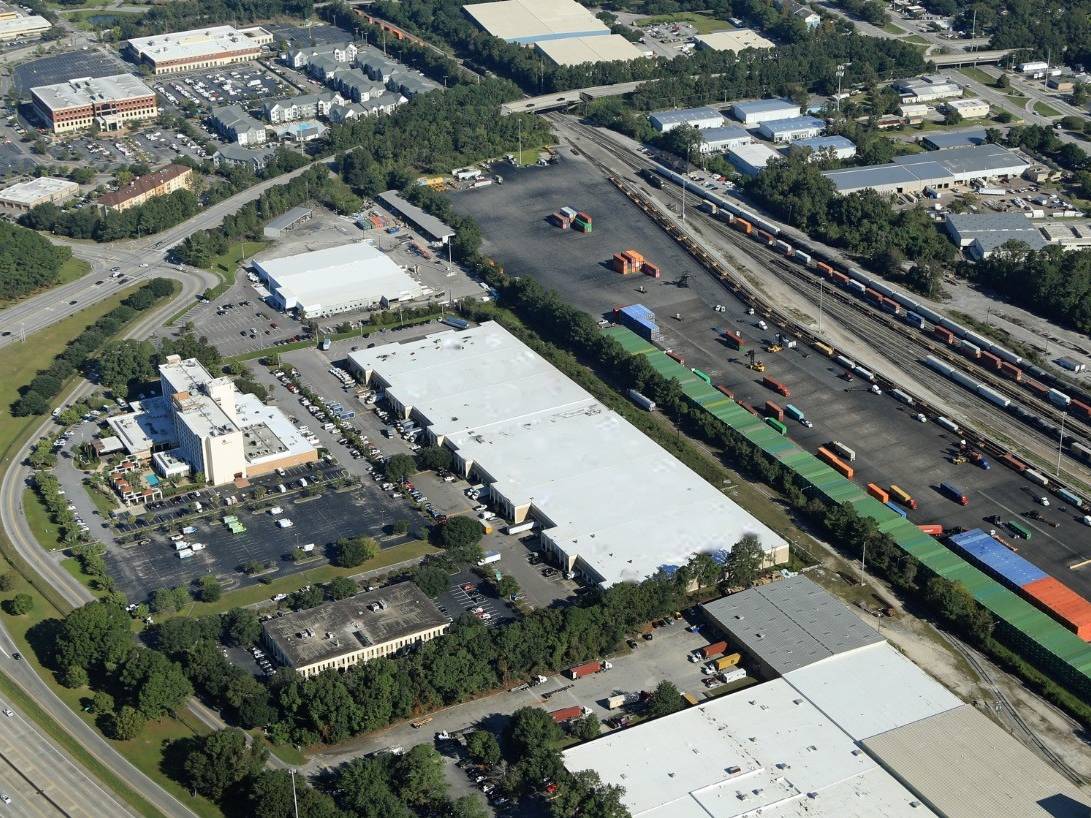US Equity REITs Keep Development Exposure in Check
REITs continue to maintain the discipline they've exhibited throughout this post-crisis cycle, with several sectors' growth in tenant demand keeping pace with the development pipeline, observes Steven Marks, Fitch Ratings' Head of U.S. REITs.
By Steven Marks, Head of US REITs, Fitch Ratings
 Development exposure prudence remains the norm for U.S. equity REITs, with issuers in most property types keeping exposures manageable for the foreseeable future.
Development exposure prudence remains the norm for U.S. equity REITs, with issuers in most property types keeping exposures manageable for the foreseeable future.
REITs are still showing discipline throughout this post-crisis cycle. In fact, outside of multifamily and industrial, modest growth in tenant demand for space is keeping development opportunities in check. Development exposure is manageable and REITs are not likely to deviate from current levels anytime soon.
Spec development concerns
Speculative development is inevitable, but more significantly, the moderation of development spend has held overall and unfunded exposures well below previous peaks for all major property types except office. This measuring of development costs, in combination with a secular shift toward deleveraging and a focus on liquidity, makes Fitch more comfortable with REITs taking calculated risks via speculative development.
One development concern is the extent of industrial speculative development. With nearly 70 percent of development pipelines unleased, these levels are akin to what we saw heading into the last recession. This issue is offset in large part by the significant decline in total industrial development exposures. Unfunded costs represented 3.6 percent of gross assets as of first-quarter 2017, compared with 10 percent at first-quarter 2008.
The lack of development for retail REITs comes as no surprise, due to oversupply. Retail REIT development pipelines and unfunded costs were just 1.7 percent and 0.7 percent of their gross assets, respectively, as of first-quarter 2017, far below exposures of multifamily, office, and industrial REITs. Fitch expects retail REITs to focus on redevelopment of existing assets rather than ground-up development in the near term. Most retail REITs are focused on redevelopment, as large-scale users of retail space such as anchors rationalize their footprint in reaction to changing consumer shopping preferences.
U.S. federal regulators are also keeping a close eye on the lending environment for commercial real estate construction. Cautioning depositories against excessive growth and concentration appears to be working, with outstanding construction and land loans from U.S. bank holding companies more than $70 billion below the 2005 peak of $331 billion, despite some growth exiting the year-end 2012 trough.







You must be logged in to post a comment.